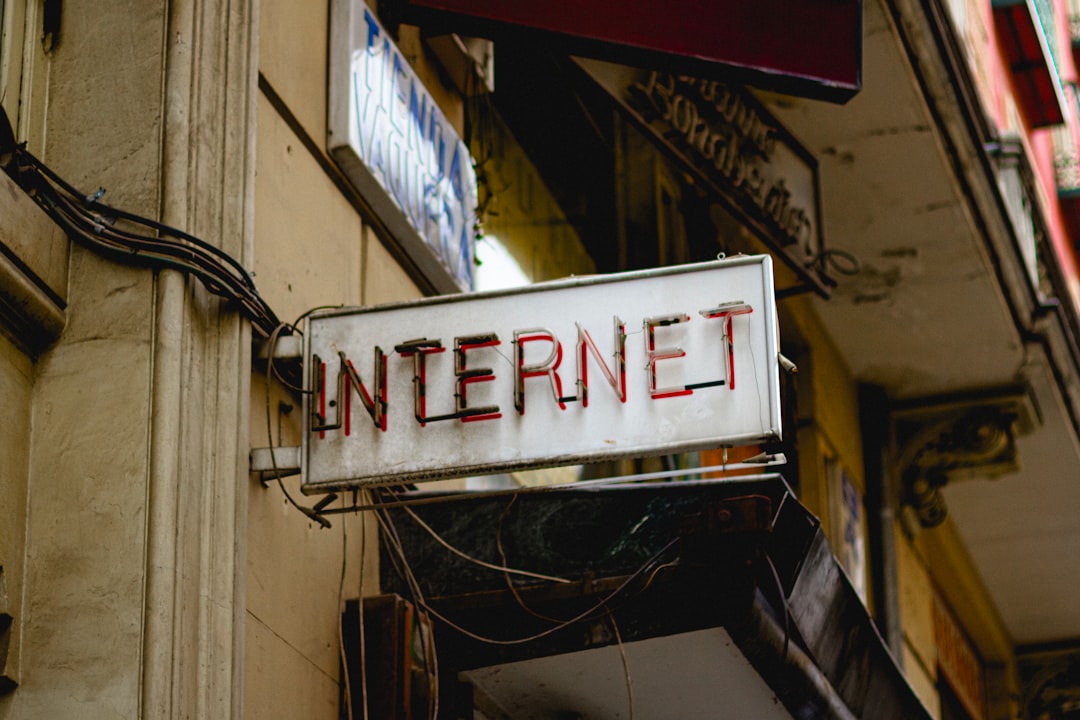If you’ve been trying to host a Minecraft server and can’t seem to get port forwarding to work, you’re not alone. Whether you’re setting up a fun survival world for friends or building a large-scale adventure map, getting your server accessible over the internet can be trickier than it seems. Fortunately, there are several potential fixes for when port forwarding isn’t working with your Minecraft setup.
Understanding Port Forwarding for Minecraft
Port forwarding is a method used to redirect communication requests from one address and port number combination to another. In the context of Minecraft, players outside your local network need to communicate with your server. Most Minecraft servers run on port 25565, so your router needs to be set up to forward inbound requests on this port to your internal device (your server).
When it doesn’t work, it usually boils down to a configuration issue, a firewall block, or a conflict with other network setups. Let’s go through the most common reasons and how to fix them.

Common Reasons Why Port Forwarding Isn’t Working
- Incorrect IP Address: You may have set the wrong internal IP address for the port forwarding rule.
- Firewall Block: Your computer’s or router’s firewall might be blocking incoming requests.
- ISP Blocking Ports: Some ISPs prevent hosting by blocking ports by default.
- Double NAT Configuration: Having multiple routers can create complications, making forwarding ineffective.
- Port Already in Use: Another application might be using port 25565.
Step-by-Step Fixes
1. Verify Internal IP Address
Your port forwarding settings must point to your server’s internal IP. This IP can change depending on how your network is set up. You can find your internal IP by running the command ipconfig in a Windows Command Prompt or ifconfig in a Mac Terminal. Look for the IPv4 address.
Be sure to set a static IP for your server on your router to prevent it from changing each time the system reboots.
2. Configure Firewall Rules
Ensure that both your operating system firewall and your router’s firewall allow TCP and UDP connections on port 25565. You can manually add an inbound rule in Windows Defender Firewall:
- Go to Control Panel > System and Security > Windows Defender Firewall.
- Click on “Advanced Settings.”
- Create a new inbound rule allowing port 25565 for both TCP and UDP.
3. Check Port Accessibility
Use online tools like YouGetSignal to test if your port is open. Make sure your Minecraft server is running before testing, as closed ports can be falsely assumed when the server is off.

4. Avoid Double NAT
If you’re behind two routers—such as a modem/router combo from your ISP connected to your own router—you may be dealing with a Double NAT. In this case, you’ll need to either:
- Bridge your ISP’s router if possible to make your own router the primary network device.
- Set up port forwarding on both routers, which can be complicated and less reliable.
5. Confirm ISP Restrictions
Some ISPs block certain ports to discourage server hosting. If port 25565 is not open no matter what you try, you may need to:
- Contact your ISP and request they unblock the port.
- Use a VPN with port forwarding capabilities.
- Purchase a static IP or business plan that allows hosting.
Advanced Tip: Use a Dedicated Hosting Solution
If you’re constantly battling port issues or your ISP won’t play ball, consider using a third-party Minecraft server hosting service. These hosts eliminate the hassles of port forwarding and provide better uptime and performance for larger player counts.
Conclusion
Port forwarding can feel like solving a mystery, but with the right troubleshooting steps, you can open up your Minecraft world to the internet. Always double-check your IP, firewall, and router settings first. If problems persist, consider contacting your ISP or switching to a dedicated host. Once you’re up and running, the only thing left is to enjoy adventures with your friends in the world you’ve created!
